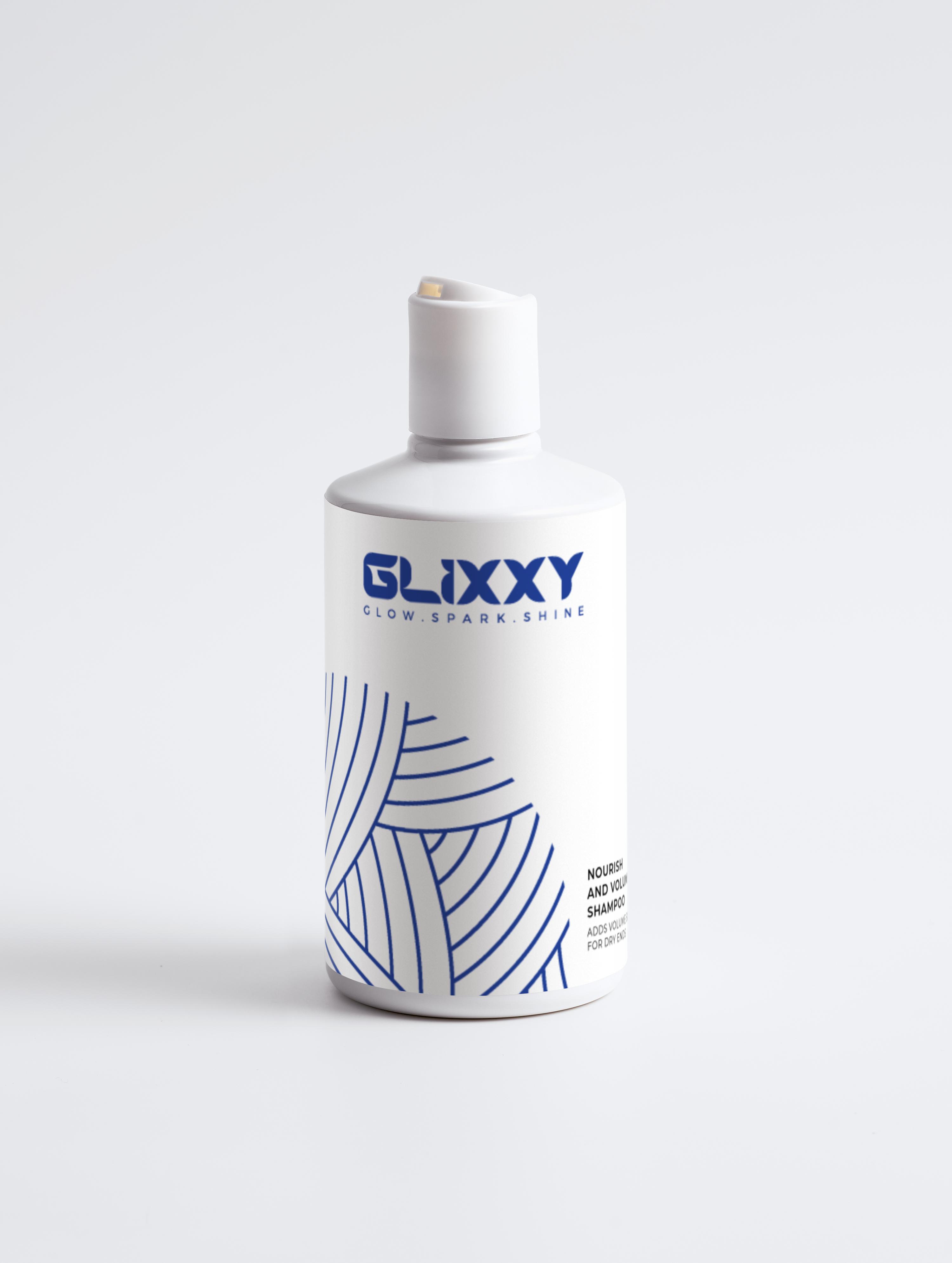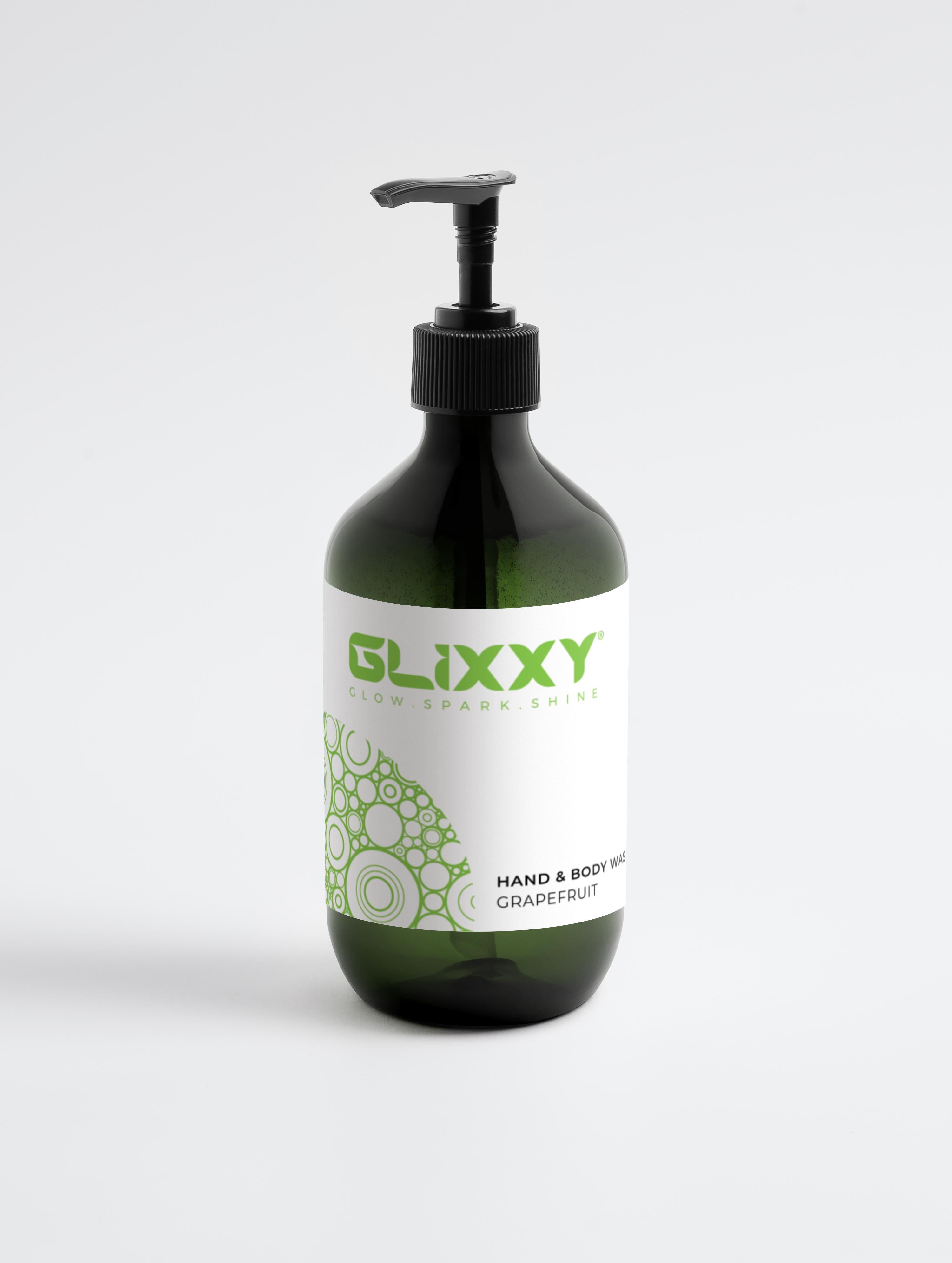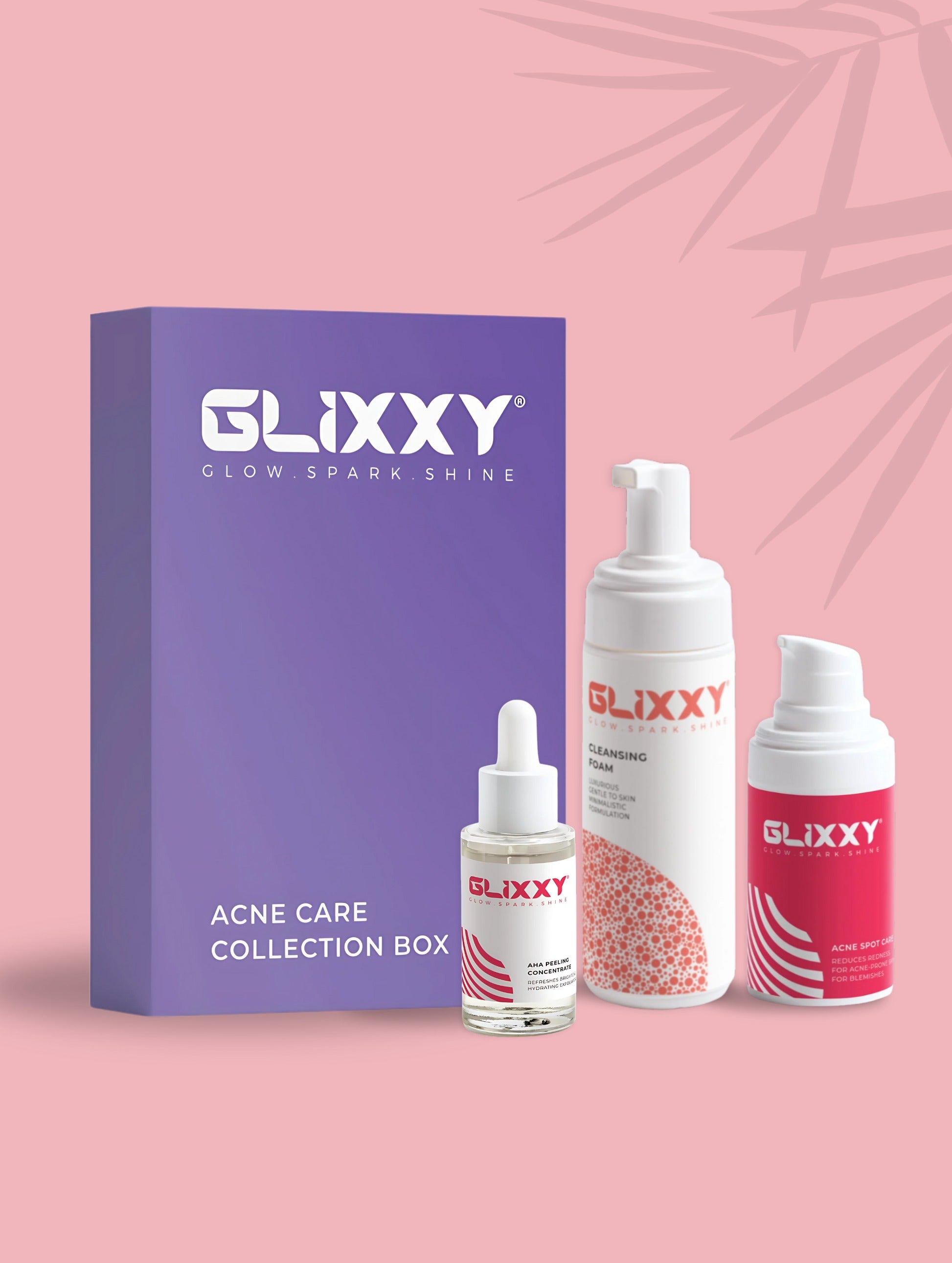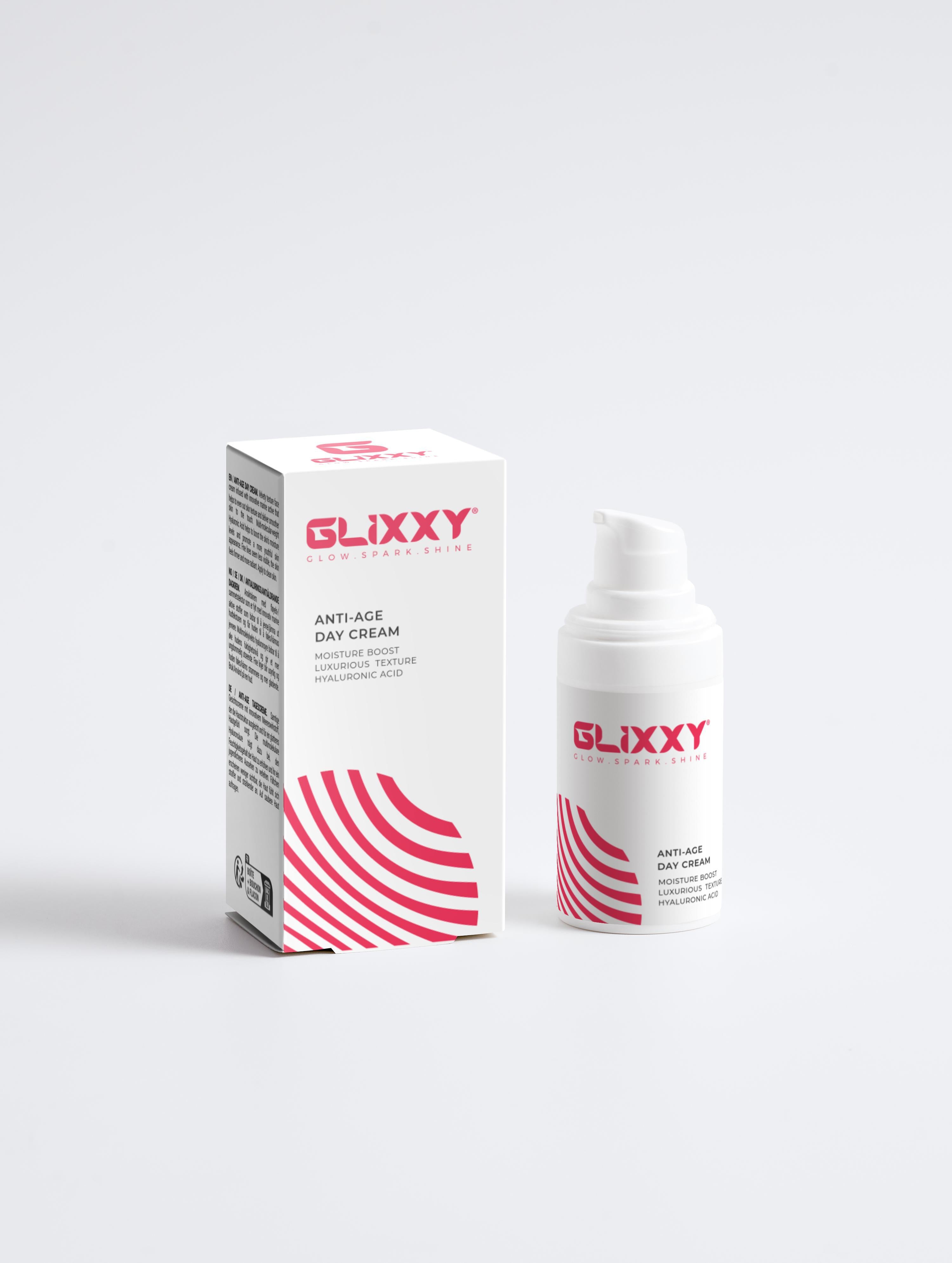News
Acne Uncovered: Causes, Treatments, and Practical Tips
Acne hits 85% of teens and over 23 million Europeans every year. So, if your skin has been wild lately, you’re far from alone. I used to think it was just a teen phase (like awkward selfies), but it sticks around. And it’s not just about oily skin or forgetting to wash your face. It’s clogged pores, bacteria, inflammation, and sometimes your hormones lose it for no reason. This guide isn’t a one-size-fits-all fix, but I want to help you understand what causes acne breakouts, what the best treatment for adult acne is, and daily tips to reduce acne. When you get the why, skincare for acne-prone skin gets way less frustrating and way more doable, so let’s break it down. The Science Behind Acne: Acne isn’t just about having bad skin. No, it’s not that simple, and honestly, I wish someone had explained that to me years ago. Because once you understand acne causes, dealing with it becomes a whole lot less overwhelming. So, here’s the science (chill, no jargon version): The Biology of a Breakout: Acne starts with clogged pores. That’s the start. It’s not dirty skin, laziness, or some skincare karma. Usually, your skin produces oil (called sebum) to keep things soft and healthy. But when it makes too much, and that oil mixes with dead skin cells? Boom: clogged pore. That’s how we get those whiteheads and blackheads. Now, this is where things get messy. There’s a bacterium called Cutibacterium acnes that naturally lives on your skin. Totally normal. But when it gets trapped in that clogged pore, it starts throwing hands. It is seen as a threat by your body, so it sends in the inflammation squad, and that’s how you end up with red, angry zits. These are the reasons for pimples. What Causes Acne Breakouts? There’s technically a lot of stuff that triggers acne. Some of it is in your control, some isn’t. These acne causes can vary from person to person. Here are the primary triggers. Hormones: This one is a huge trigger. Ever notice how your skin gets extra rude right before your period? That is because your androgens spike, and they tell your oil glands to go wild. The same goes for puberty and conditions like PCOS. It is a whole hormonal rollercoaster. Genetics: Yeah, if your parents dealt with stubborn acne, there’s a solid chance your skin inherited the drama. This doesn’t mean you’re hopeless; it just means you need to work hard on your routine. Stress: I swear, every time I’m majorly stressed (finals week, job interviews, or just life living), my skin breaks out before I have even finished freaking out. Stress raises cortisol, which can boost oil production, and you know the rest. Acne Types to Watch Out For: If you treat a tiny blackhead the same way you would tackle a deep cyst, it’s not gonna cut it. Different breakouts need different game plans. Once you figure out what kind of acne you’re dealing with, everything else starts making more sense. Blackheads & Whiteheads: These are non-inflammatory acne. They happen when oil and dead skin team up to block a pore and form what’s called a comedo. Blackheads = open pores. The gunk oxidizes and turns dark (gross but harmless) Whiteheads = closed pores. Everything is trapped under the surface, like a stubborn person who won’t leave. Papules, Pustules, Nodules & Cysts Now, this is the real deal. Papules are red, sore bumps. There’s no visible pus, but they are inflamed. Pustules are the classic “pop me” zits. Red base, white top. Don’t pop them, though. Nodules & cysts? That’s advanced-level acne. Deep, painful, and the kind that sticks around. Nodules are hard, cysts are soft and filled with fluid. These are the ones most likely to leave acne scars, so tread carefully. Hormonal Acne: You know the one. Always shows up on your chin, jawline, or lower cheeks, usually right before your period, stressful event, or both. As mentioned earlier, these are driven by androgen spikes. Struggling with those monthly breakouts that hit like clockwork? Check out our Hormonal Acne Guide for a deeper dive. Best Treatment for Adult Acne: There are a lot of acne products out there. With the vast variety of options, it can get pretty overwhelming. Some of them work, some of them are just expensive disappointment in a tube. So, let’s cut through the noise and get into evidence-backed acne treatments that actually have science behind them. Over-the-Counter Treatments: You don’t always need a prescription to make real progress. Some of the best acne fighters are already on the drugstore shelves. You have to know what to look for: Benzoyl Peroxide Salicylic Acid Adapalene (a retinoid) Pro Tip: More isn’t better. Start slow, patch test, and give it time. Crucial Skincare Routine: If you are only doing one thing, make sure it is a solid, simple routine. Don’t opt for a 12-step chaos; instead, go for the essentials only if you are managing acne-prone skin. Cleanser: Use a gentle, non-stripping, and non-comedogenic cleanser. Using it twice a day is enough. And remember, there’s no need to scrub like your pores owe you money. Moisturizer: Every oily skin needs hydration. Start looking for oil-free or gel formulas that support your skin barrier without clogging you up. SPF Protection: It is essential if you are using actives like retinoids or acids. It is recommended to go for SPF 30+, every morning, no excuses. With sunscreen, you can also prevent dark spots and irritation. Lifestyle Adjustments A few lifestyle tweaks can prove to be good acne prevention tips. Here are a few things that you can follow: Don’t pop pimples: Popping pimples feels satisfying in the moment but usually makes things worse. It can lead to scarring and infection, so avoid it. Makeup check: Stick to non-comedogenic (pore-safe) products and always take them off before bed (no matter how tired you are). Try relaxing: Stress messes with hormones and makes your skin oilier. Yoga, journaling, and even deep breathing help. Your skin notices when you’re not constantly in panic mode. Long-Term Prevention: Acne is not just a one-time thing; it needs consistent care. Here’s how to stay on top of it long-term: Exfoliate: Exfoliation is good, but don’t overdo it. Use a gentle chemical exfoliant (like AHAs or BHAs) once or twice a week to keep skin smooth and pores happy. Eat smart-ish: Zinc and Vitamin E (found in stuff like nuts, seeds, and leafy greens) can support skin health from the inside out. You don’t need to shift to a whole ‘clean girl diet,’ but a little balance helps. Exfoliation is key for breakouts. Find out AHA vs BHA for acne-prone skin Final Words: Acne is tough, but you need to be tougher. With the correct info and a little consistency, clear skin is possible. At Glixxy, we are all about making acne care simple, effective, and actually kind to your skin. We offer real solutions for real people.
Learn moreWhy SPF 50 Is the Best Choice for Anti-aging?
If you are serious about skincare and skipping sunscreen, I hate to break it to you, but you are playing yourself. Sunscreen is not just a summer thing or a beach-day add-on. It is the essential step that protects your glow long-term. Here’s the truth: not all sunscreens are created equal. Some formulas barely cut it, while others (like SPF 50) are legit powerhouses when it comes to keeping your skin smooth, fresh, and aging like fine wine. The sun might feel good, but it is lowkey out here doing damage—think of fine lines, dark spots, and collagen loss. That is why SPF 50 is not just another product; it is your skin’s ride-or-die. In this post, we will see what SPF actually means, why broad-spectrum sunscreen is non-negotiable, and how to use sunscreen right so your skin stays protected. What is SPF and Why Does It Matter? SPF stands for Sun Protection Factor, and it measures how well a product protects your skin from UVB rays, which cause sunburn. Think of it like this: if you are wearing SPF 30, it means you can technically stay in the sun 30 times longer without burning than if you were not wearing any sunscreen. But here’s the deal: SPF 30 blocks about 97% of UVB rays, while SPF 50 blocks around 98%. That one perfect might not sound like a lot, but it can make a difference, especially if you are out all day or have sensitive skin. Broad-Spectrum Sunscreen & Why It’s the MVP: Trust me, you want one labeled broad-spectrum sunscreen because it protects against both UVA and UVB rays. While UVB is out here causing burns, UVA rays are sneaky. They go deeper into the skin, speeding up aging and messing with your collagen. So, if you are trying to stay snatched long-term, broad-spectrum sunscreen is a must. Why is Sun Protection Crucial for Anti-Aging? If you are investing in skincare but skipping the basics for SPF, you are technically ghosting your skin’s future. When it comes to aging, UV rays are the true villain, it isn’t all about time or stress. According to science, about 80% of visible aging on your face is caused by sun exposure. Yup, that means wrinkles, dark spots, sagging, it’s all photoaging, not just birthdays. How UV Light Wrecks Your Skin: Now that we have established that sunlight brings in the bad squad. Here’s how UV light wrecks your skin. UV radiation triggers a chain reaction in your skin. First of all, it activates the matrix metalloproteinases (MMPs). These are the enzymes that break down collagen and elastin, the stuff that keeps your skin firm and smooth. So when MMPs go wild, you end up with fine lines and saggy vibes. Then we have reactive oxygen species (ROS)—aka the unstable molecules caused by UV exposure. They damage everything from your DNA to your skin cells’ inner structure, speeding up the aging process like it’s on 2x speed. UV rays don’t care if it’s cloudy, rainy, or if you are indoors near a window. They can still get through and cause damage. That low-key daily exposure adds up over time and silently ages your skin, even if you don’t notice it right away. It’s not only just UV rays, either. Visible light (VL) and infrared radiation (IR) from the sun and even screens can also mess with your skin. These types of light can trigger pigmentation issues and oxidative stress, too, making things like melasma or uneven tone worse. So…what’s the solution? It’s SPF 50. Let’s see why. Why SPF 50 Offers Superior Anti-Aging Protection? SPF 50 is what you desperately need if you are serious about keeping your skin fresh and youthful. While SPF 30 is solid, SPF 50 takes it up a notch; it is an overachiever of sun protection. What makes SPF 50 better? It’s all about how much UVB protection you can get. SPF 50 means you can stay in the sun 50 times longer without burning than if you had no sunscreen on. In terms of actual UVB rays, it blocks about 98% compared to 97% from SPF 30. That tiny 1% difference? It matters when it comes to cumulative sun exposure and long-term skin health. Better Defense: Now, the key here is to look for SPF 50 sunscreens, especially those labeled broad-spectrum. They offer strong UVA protection, too. High-quality SPF 50 products typically have higher UVA protection factor ratings (UVA-PF), especially against longer wavelengths (>370nm). A study in Australia tracked people over 4.5 years and found that those who used SPF 50+ every day showed virtually no signs of skin aging. In contrast, those who used ordinary sunscreen only occasionally did. That’s major. With Regular SPF 50, you can also prevent solar elastosis, a condition where your skin loses elasticity and gets that leathery look. Quick Comparison: SPF Rating UVB Blocked Burn Protection Time Anti-Aging Efficacy SPF 30 97% 30x Longer Moderate SPF 50 98% 50x Longer Optimal SPF 50 Anti-Aging Benefits (Beyond Just Sunburn Prevention): Most people think sunscreen is just for avoiding sunburn, but SPF 50 is a total anti-aging power move. It does way more than protect you from turning into a tomato at the beach. It actually helps preserve and improve your skin over time. Let’s break it down. Keeps Collagen Intact: One of the biggest ways SPF 50 helps your skin stay snatched is by protecting your collagen. UVA rays trigger enzymes called MMP-1 that break down collagen. However, SPF 50 blocks more of those harmful rays, stopping this breakdown before it even starts. Result? Less sagging, fewer under-eye lines. Fights Hyperpigmentation: If you deal with dark spots or uneven skin tone, SPF 50 is your bestie. It helps stop the overproduction of melanin by blocking both UV and visible light (the major triggers that activate melanocytes, the pigment-making cells. With consistent use, you’ll see fewer new spots and a brighter, more even glow over time. Helps Reverse Existing Damage: SPF 50 is not just about protection, it can also be a part of your healing routine. Some formulas combine SPF 50 with DNA-repairing enzymes and antioxidants. These can help reduce existing sun spots and oxidative stress, making your skin look younger and healthier. Basically it’s like skincare with a built-in repair squad. Stronger Skin Barrier: A lot of SPF 50 products now go the extra mile by including ingredients like ceramides, which help lock in moisture and repair your skin barrier. With a stronger skin barrier, your skin gets better hydration, and the skin health improves. How to Actually Use SPF 50 the Right Way? So you have got your SPF 50 in hand, now what? Even the best sunscreen won’t do much if not used correctly. Here’s how to get the most anti-aging bang for your SPF buck. For your face and neck, use about ⅓ teaspoon (roughly the length of two fingers) every single morning. Don’t forget your ears, jawline, and the front of your neck. Sunscreen goes on after your moisturizer but before your makeup. Think of it as the last step of your skincare routine and the base for your glam. If you are wearing makeup, reapplying with a full lotion can be a mess. That’s where sunscreen sprays or powder brushes come in; use them. Conclusion: If you care about keeping your skin looking fresh and glowing for the long run, SPF 50 is a must, and Glixxy’s got you covered. Our broad-spectrum SPF 50 sunscreen protects you from both sunburn and early aging, without the white cast and weird, greasy feel. It’s lightweight, makeup-friendly, and made to fit into your daily routine. Good skin starts with good sun protection, so make Glixxy your go-to for anti-aging vibes, every single day.
Learn moreGuide to Eye Smoothing: How to Reduce Eye Wrinkles
Let’s be real, no one is thrilled about eye wrinkles showing up. You wake up one day, look in the mirror, and bam, lines under your eyes that weren’t there last week. Maybe it’s from too much screen time, late nights, or just life doing its thing. Whatever the reason, eye creases under the eyes are a common part of aging, but the good news is, they don’t have to stick around forever. There are super-easy, science-backed ways to get into eye smoothing and keep that under-eye area looking fresh. We’re talking about skincare that actually works, habits that make a difference, and prevention tips you’ll wish you started sooner. Let’s break it down. What Causes Eye Wrinkles and Eye Creases Under Eyes? If you’ve spotted lines under your eyes and you’re not loving the vibe, here’s the tea: most under-eye wrinkles come from a mix of natural stuff (like aging) and things you might be doing without realizing it. Let’s break down what really causes those eye creases and what habits you need to ditch. Aging: Yep, it happens to everyone. It’s natural, don’t stress. As we get older, our skin makes less collagen and elastin. It’s the stuff that keeps our skin firm and bouncy. So, less of that? It means more creasing, especially in delicate areas like under the eyes. UV Damage: Even if you don’t feel the sun, UV rays are low-key damaging your skin 24/7. That damage speeds up aging and makes under-eye wrinkles more noticeable. Dry, Dehydrated Skin: Dry skin means more obvious lines. The under-eye area has barely any oil glands, so when you’re not hydrated, the lines pop out more. Facial Movements: Smiling, squinting, and raising your brows are all normal. But over time, those tiny movements create creases under the eyes that can turn into permanent lines. Lack of Sleep: If you’re running on caffeine and vibes, your skin will show it. Lack of sleep equals puffiness, stress, and faster skin aging. Blue Light & Screen Time: Scrolling TikTok at 2 AM? Yeah, we’ve all done it. The average person spends hours staring at screens every day. Blue light from your phone, laptop, or tablet can contribute to skin damage and lead to premature aging, making wrinkles under the eyes worse. Using Harsh Ingredients Near Eyes: Strong ingredients in skincare products can be too much for the thin skin under your eyes, which leads to dryness, irritation, and premature wrinkles. How to Smooth Eye Wrinkles and Reduce Lines Under Eyes? While wrinkles under the eyes are a natural part of aging, there are proven ways to soften their appearance and slow their development. Before we explore specific treatments and habits, it’s important to understand what truly works and why. Let’s dig in. Use an Eye Cream Daily: This isn’t just marketing hype. A good eye cream can seriously help. Look for ingredients that hydrate, plump, and support your skin barrier, all while being EU-compliant and safe. Here are some of our favourites: Glycerin is basically a hydration hero. It attracts water into the skin to smooth out fine lines. Hyaluronic Acid is a super hydrator that gives a plump, dewy effect to skin. Peptides (INCI: Palmitoyl Tripeptide-1) help your skin rebuild collagen, making the under-eye area firmer and smoother. After choosing a cream that suits your skin type, apply morning and night using your ring finger to tap (not rub!) It is gentle. Check out our top eye wrinkles solutions to find the right product for your skin goals. Alongside lifestyle changes, using the best eye cream for wrinkles can help visibly reduce fine lines faster. Never Skip SPF. Ever Yes, even when it’s cloudy. UV rays are sneaky. They break down collagen fast, and the under-eye area is extra sensitive. Use a lightweight, broad-spectrum SPF 30 or higher. It’s usually recommended to use formulas that are fragrance-free and eye-safe. Stay Hydrated and Get Enough Sleep: Water isn’t just for your reusable bottle aesthetic, it’s a must for skin health. And no amount of eye cream can make up for 7-9 hours of sleep. Your skin repairs while you rest, and sleep helps reduce puffiness and creases under your eyes. Use Eye Masks Weekly: Using hydrogel eye patches once or twice a week is a quick fix for tired eyes. Go for masks with caffeine, panthenol, or peptides for extra de-puffing and eye smoothing power. Be Gentle With Your Eyes: No rubbing. No tugging. Your under-eyes don’t need that kind of trauma. Remove makeup with a soft micellar water and pat products in. Your eye area needs soft care. How to Prevent Lines Under Eyes? It’s always better to prevent eye wrinkles from forming rather than trying to reverse them. Here are a few steps you can take to protect your delicate under-eye skin: Start Early with Skincare: The earlier you start taking care of your skin, the better. You don’t have to be 30+ to use eye cream. The earlier you start, the more your skin will thank you. Avoid Harsh Ingredients Around the Eyes: Not everything that works on the rest of your face belongs near your eyes. Skin strong actives like: Glycolic Acid Retinol Fragrance-based products Always double-check if a product is specifically made for the eye area before applying it there. Sunglasses Are a Must: Sunglasses aren’t just for vibes. They stop you from squinting and block UV rays. And these are two big reasons for lines under the eyes. Take Breaks from Screens: Try the 20-20-20 rule. Every 20 minutes, look 20 feet away for 20 seconds. Your eyes need it. Swap to Silk Pillowcases: Cotton pillowcases can tug on your skin while you sleep. Silk is smoother and helps prevent fine lines over time. Explore our full eye smoothing guide for science-backed tips that fit into any skincare routine. Final Thoughts: Eye wrinkles aren’t the end of the world, they’re just a sign that your skin has been with you through all the laughs, late nights, and everything in between. But if you’re ready to smooth things out, now you have the tools. Start with hydration, go easy on harsh products, wear that SPF like it’s your job, and treat your under-eyes with actual care. A few simple switches lead to long-term glow. Glixxy is all about smart skincare that fits your life. So stay consistent, stay kind to your skin, and remember smooth, healthy under-eyes are just a routine away.
Learn more








